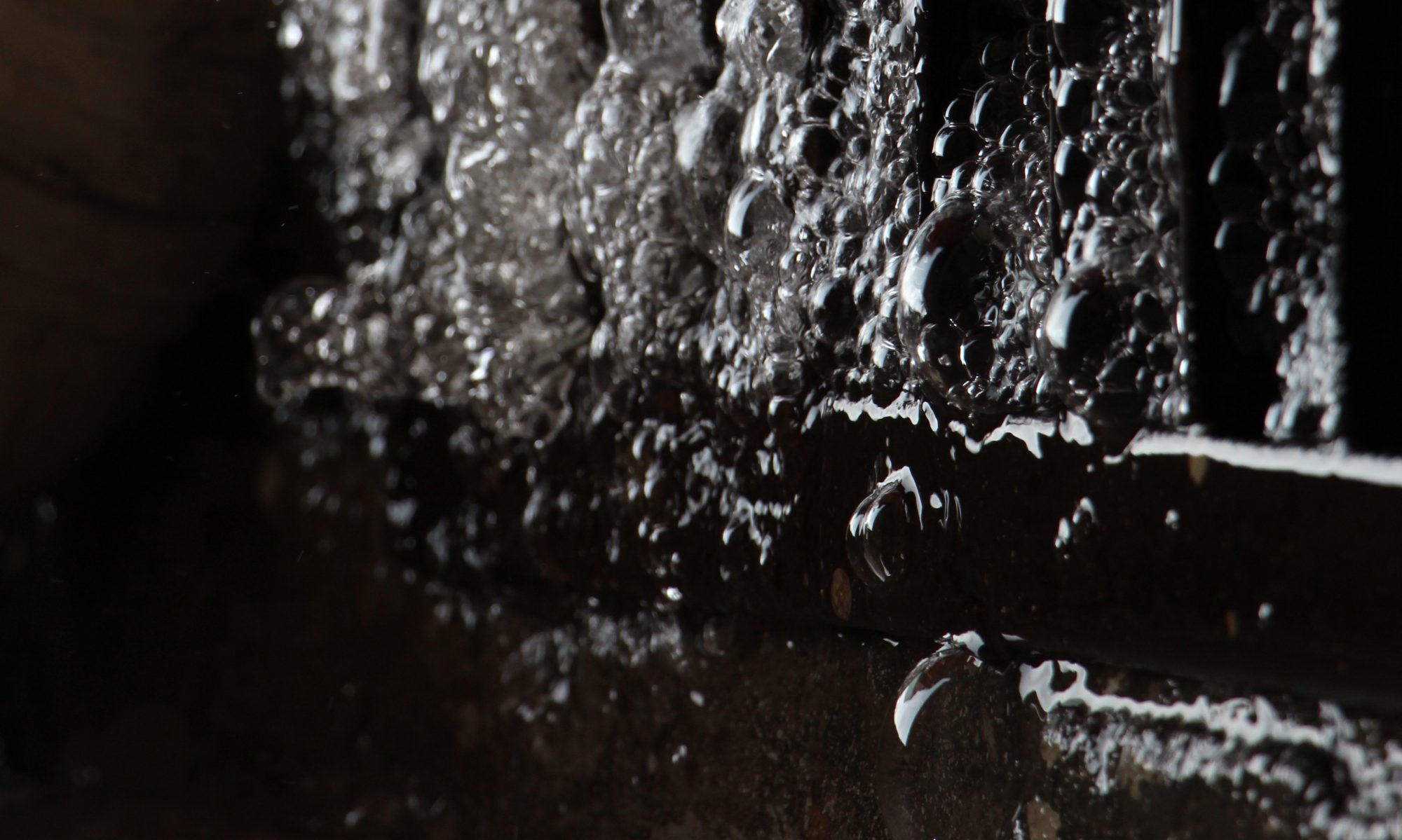Initial Thoughts
Yi Fu Tuan talks about how we as humans define the space around us and assign meanings, indicators and labels to this abstract intangible dimension in an attempt to navigate and operate within in – we are after all bound by space – physical, psychological, emotional. Tuan proposes that the definition of space has its roots in the orientation and function of our mortal bodies. Our upright position cuts through ‘space’ vertically as opposed to when we are rested where we ‘surrender’ to it. We innately are inclined to treat what is in front of and above us as positive and superior as opposed to what is behind and below us as negative. Our sight allows us to only see what is ahead, and we tend to ignore anything that goes on behind our back. We are fixated on this idea of moving ‘forward’ towards a destination. The word ‘back’ used in set us ‘back’ is negative as is the idea of navigating through space in the opposite direction. Essentially the space around us is constant. It is the schema we make of it that changes it. Fundamentally, ‘forward’ is defined by whichever direction we are facing or by actual objects that frame our field of vision to be focused on our object of interest.
Further Thoughts
One question that came to my mind while reading this was, how do we then define or manage the space around us if our sense of sight is removed? Forward may then be indicated by the ‘loudest’ sound or by the strongest aroma/odour. Ultimately I feel our sense of direction to navigate in space is determined by what we are seeking out at that point in time, both consciously and subconsciously. For example if I was in a room blindfolded, with the pervasive aroma of an espresso and a cup of strong oolong tea, and if I was a coffee connoisseur, I would ‘walk’ or navigate towards the coffee aroma, defining that as my ‘forward’. Hence our sense of direction or orientation does depend on our interests and inclinations. We do not care to approach something that does not pique our interest. We leave it ‘behind’ us, literally.
Concluding thoughts
It is important to note that in this chapter, Tuan mainly explores space and place in relation to the human body and culture or rather the ‘conventional’ human body. Having interacted with people who have experienced trauma and as someone who has myself, I started to think about ho unnatural external factors then morph our cognitive abilities or perception when it comes to making sense of the space around us (compared to average people). For example, when one is having a panic attack, they become acutely aware of the space around them — ceilings become ‘shorter’ and walls seem more ‘closed’ in. The body’s defence mechanism dramatically alters the perceived space, heightening one’s awareness of it to an uncomfortable and distorted level. Similarly, the headspace or the psychological space one feels when their trauma is triggered, is dissociative, removing them from their rootedness in their current physical ‘space’ and transporting them to an imagined one. This then makes us think how we are able to move through spaces without physically moving. I personally am interested to explore this idea more — one where we explore how perpetual exposure to external stimuli in some people (PTSD victims), changes the way they view space, and how we as designers accommodate or find interesting ways to explore space from their perspective. Can we then try to replicate this negative yet unique experience for someone ‘normal’?

